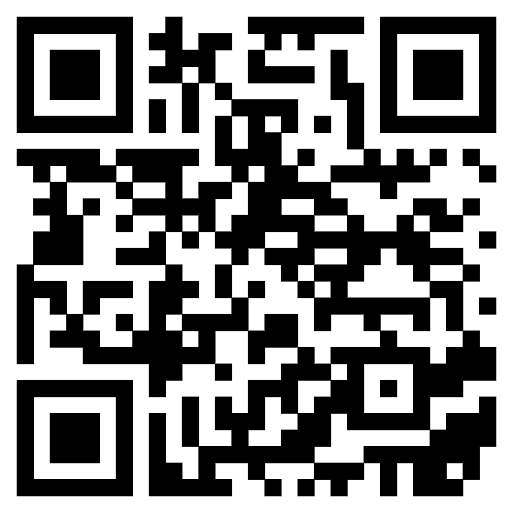SPEED-STRENGTH TRAINING INFLUENCE ON THE INDICATORS OF THE VOLUME OF ATTENTION OF SCHOOLCHILDREN WITH DIFFERENT TYPOLOGY
Georgiy Polevoy1-3*
|
|
|
ABSTRACT
The study aims to determine the effect of speed-strength training on the indicators of the attention span of schoolchildren with different strengths of the nervous system. The study was carried out in a normal school in the city of Kirov in Russia and lasted for 3 months. Physical education classes were held 2 times a week for 40 minutes. 20 schoolchildren from the control group were engaged in a standard physical education program. 20 other schoolchildren from the experimental group additionally performed exercises to develop speed and strength abilities. The strength of the nervous system was determined by the Tapping test, and the amount of attention was determined by the test «Schulte Tables». After the end of the pedagogical experiment, the indicators of attention volume in the control group in children that have a strong nervous system improved from 31.3±2.2 seconds to 30.4±2.2 seconds (P>0,05), and in children with a weak nervous system improved by +6% (P>0,05). In the experimental group, the indicators of attention volume in schoolchildren with a strong nervous system improved from 30.9±2.2 seconds to 26.0±1.9 seconds (P>0,05), and in children with a weak nervous system by 19% (P>0,05). If at each physical education lesson, you perform a set of physical exercises aimed at developing speed and strength abilities, considering how strong the schoolchildren's nervous system is, then the indicators of attention span will significantly improve. At the same time, the load for schoolchildren with different nervous systems should be differentiated.
Keywords:Schoolchildren, Physical education, Lesson, Volume of attention, Speed and strength indicators
1. Shuba LV. Modern approach to implementation of health related technology for primary school children. Pedagogics, psychology, medical-biological problems of physical training and sports. 2016;20(2):66-71. doi: 10.15561/18189172.2016.0210
2. Donnelly JE, Hillman CH, Castelli D, Etnier JL, Lee S, Tomporowski P, et al. Physical activity, fitness, cognitive function, and academic achievement in children: a systematic review. Med Sci Sports Exerc. 2016;48(6):11971222. doi:10.1249/MSS.0000000000000901.
3. De Giorgio A, Kuvačić G, Milić M, Padulo J. The brain and movement: How physical activity affects the brain. Montenegrin J Sports Sci Med. 2018;7(2):63-8. doi: 10.26773/mjssm.180910
4. Wadee AN, El-Dien SS, Elshinnawy AM. Influence of prone positioning on gross motor development in children with Spastic Diplegic Cerebral Palsy. J Adv Pharm Edu Res. 2020;10(3):41-6.
5. Ibrahim S, Al-Ameer A, Abu-Hilal H, Allen J, Watkins P. Effect of Protein Supplementation plus Hyper-Caloric intake and Exercise on Hypertrophy, Hormones and Energy components among Underweight Males. Int J Pharm Res Allied Sci. 2020;9(3):143-53.
6. Ford P, De Ste Croix M, Lloyd R, Meyers R, Moosavi M, Oliver J, et al. The long-term athlete development model: Physiological evidence and application. J Sports Sci. 2011;29(4):389-402. doi: 10.1080/02640414.2010.536849
7. Bas H, Mark DSC. Sensitive Periods to Train General Motor Abilities in Children and Adolescents: Do They Exist? A Critical Appraisal. Strength Cond J. 2020;42:7-14. doi: 10.1519/SSC.0000000000000545.
8. Solum M, Lorås H, Pedersen AV. A golden age for motor skill learning? learning of an unfamiliar motor task in 10-year-olds, young adults, and adults, when starting from similar baselines. Front Psychol. 2020;11:538. doi: 10.3389/fpsyg.2020.00538
9. Polevoy GG. The development of speed-power qualities of schoolchildren with different typologies applying coordination training. Pedagogics, psychology, medical-biological problems of physical training and sports. 2019;23:43-6. doi: 10.15561/18189172.2019.0107.
10. Kainov AN, Kuryerova GI. Working programs. Physical Culture. Grades 1-11. Comprehensive program of physical education of schoolchildren. Teacher, 2019. 169 p.
11. Colquitt G, Pritchard T, Johnson C, McCollum S. Differentiating instruction in physical education: Personalization of learning. J Phys Educ Recreat Dance. 2017;88(7):44-50. doi: 10.1080/07303084.2017.1340205.
12. Jarvis JM, Pill SA, Noble AG. Differentiated pedagogy to address learner diversity in secondary physical education. J Phys Educ Recreat Dance. 2017;88(8):46-54. doi: 10.1080/07303084.2017.1356771
13. van Munster MA, Lieberman LJ, Grenier MA. Universal design for learning and differentiated instruction in physical education. Adapt Phys Activ Q. 2019;36(3):359-77. doi: 10.1123/apaq.2018-0145.
14. Gerber M, Kalak N, Lemola S, Clough PJ, Pühse U, Elliot C, et al. Adolescents' exercise and physical activity are associated with mental toughness. Ment Health Phys Act. 2012;5(1):35-42. doi:10.1016/j.mhpa.2012.02.004
15. Pietsch S, Böttcher C, Jansen P. Cognitive motor coordination training improves mental rotation performance in primary school‐aged children. Mind Brain Educ. 2017;11(4):176-80. doi: 10.1111/mbe.12154
16. Bidzan-Bluma I, Lipowska M. Physical activity and cognitive functioning of children: a systematic review. Int J Environ Res Public Health. 2018;15(4):800. doi: 10.3390/ijerph15040800
17. Nemov RS. Psychology. Psychodiagnostics. Introduction to scientific psychological research with elements of mathematical statistics. Moscow: Vlados; 2003. 640 p.
18. Chaddock‐Heyman L, Hillman CH, Cohen NJ, Kramer AF. III. The importance of physical activity and aerobic fitness for cognitive control and memory in children. Monogr Soc Res Child Dev. 2014;79(4):25-50. doi: 10.1111/mono.12129
19. Ruiz-Ariza A, Grao-Cruces A, de Loureiro NE, Martinez-Lopez EJ. Influence of physical fitness on cognitive and academic performance in adolescents: A systematic review from 2005–2015. Int Rev Sport Exerc Psycholy. 2017;10(1):108-33. doi: 10.1080/1750984X.2016.1184699
